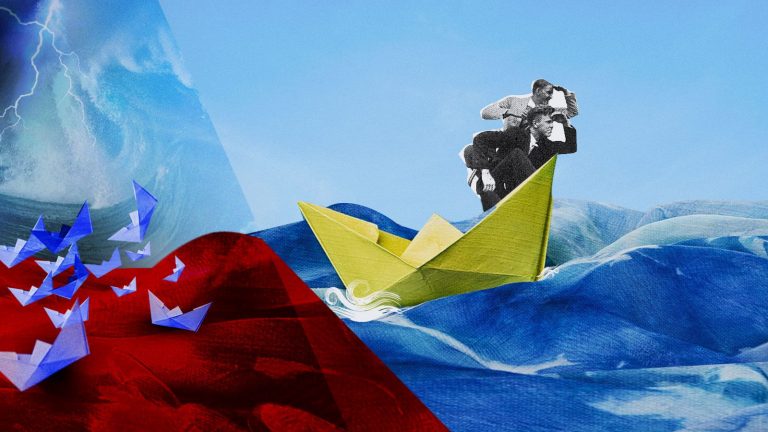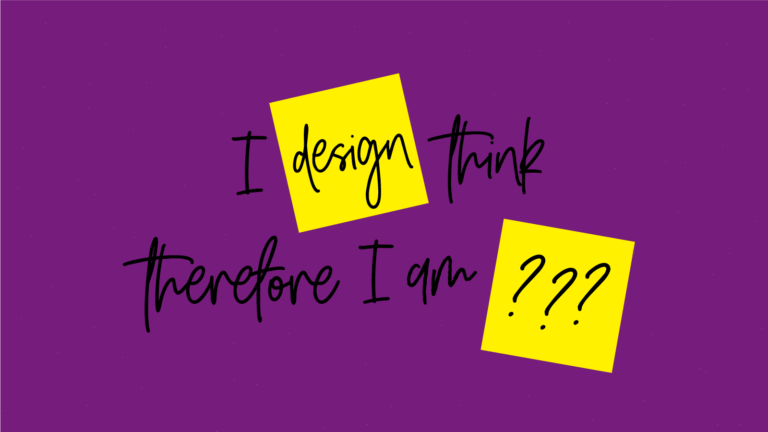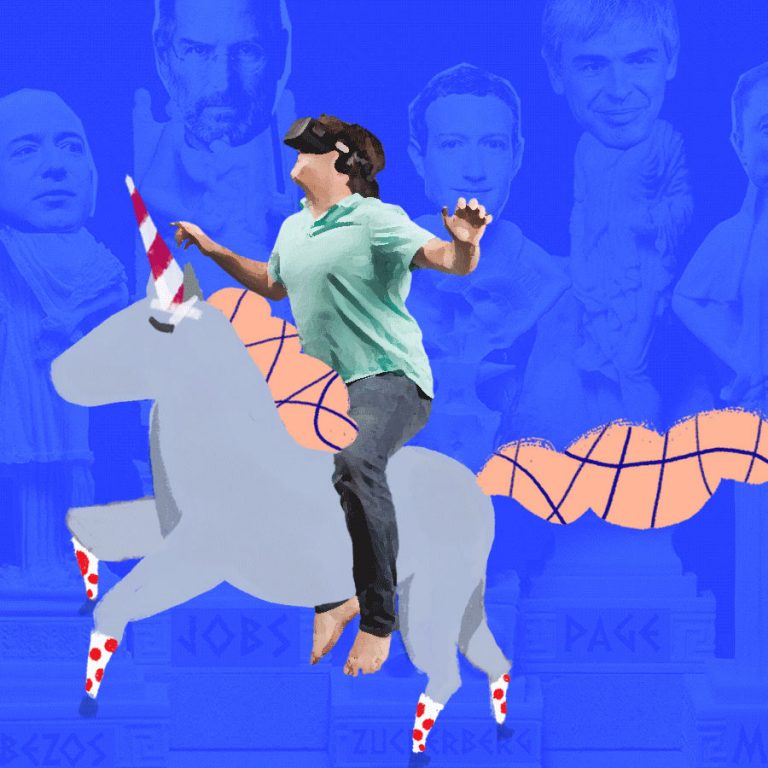Part one of a two part journey into ‘Rediscovering Purpose’.
With apologies to those who suffer from analogies.
We’ve never had a ‘brand’. No why, no vision, no mission.
We’ve never marketed ourselves – we’ve never had anything to say, no story to tell, no one to tell it to.
We’ve been our own worst client. Until now.
We’ve followed the same well-worn path as many other branding, marketing and communication design agencies. Doing what we do well for others, but never for ourselves.
We’ve been rudderless as far as direction and purpose goes, reactive to opportunities that knocked. Our growth strategy was word of mouth. And for a while, that was enough. But not anymore.
As someone smarter than me said, ‘for things to change, things have to change’.
So here goes.
Humble beginnings.
Rewind ten years when I started Alto as an independent designer working out of a shared community building, Ross House on Flinders Lane, Melbourne.
My mission was clear: to work with organisations that had a ‘socially, culturally, or environmentally positive impact’, and to execute with eco-design principles. I was following my personal compass – striving to work with businesses and organisations that have purpose; to make lives easier or better for people. Through their cause – their purpose, their reason for being – I wanted my work to have an effect, to have value and meaning.
Side Note: Why Alto? The meaning is as deep as it is high 🙂
I had just come back from a six-month trip through South America after taking time out from freelancing around Melbourne agencies. I was looking for meaning in my work, and wanted to start my own thing. To me ‘Alto’ (high / loud in Spanish) was something to aspire to. And it sounded kinda cool too.
Over the years that studio of one grew. I was joined by my brother Mark and we built out a small team. For Mark and I, the challenge of building and sustaining a small business coupled with life stuff – marriages, mortgages, munchkins – became the priority, while purpose took a backseat. Not to say that we weren’t selective, but the standard answer was ‘yes’.
This was enough to keep us satisfied for a while – put shoes on the kids feet, kept the studio stocked with beers and bananas – but eventually the limitations of our model started to become apparent.
There is a ceiling for businesses without purpose and vision.
(Re)Discovering purpose.
What is your ‘why’? The one thing that gets you out of bed in the morning?
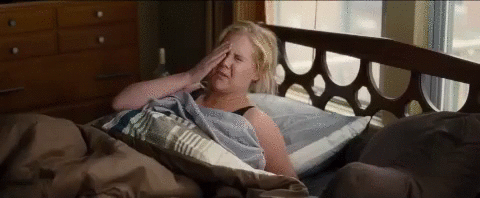
This is the first question we pose to clients. If we can identify this, everything else falls into place – strategy, brand, marketing. Without an authentic story to tell, well, we don’t have much to work with.
An audience can smell BS a mile away, and if you don’t walk-your-talk, then you won’t be walking far, or for long. Your purpose and passion is that thing that keeps propelling you forward. The driving force inside your brand that makes people want to join you on the journey.
So what was our why?
Our own worst client.
The cobblers child is the worst shod.
There’s truth in this analogy – and like many others we had hoped that the work we did for our clients would be enough to speak to our expertise, rather than actually working on our own brand strategy. Besides, it’s more fun working on other people’s brands, right?
We decided to turn our own process onto ourselves. Because if it won’t work for us, how can we truly recommend it to our clients?
False starts and failures.
We’ve had previous attempts at ‘rebranding’, but our efforts were focussed on the wrong place – superficial rather than strategic or structural. We were looking for a quick, flashy fix. Those attempts fizzled out because there was no compelling reason for change – no new message. We talk to our clients about the pointlessness of a new coat of paint, this was a case in point.
We know from experience that it’s much harder to work on your own business than on that of others. We use an analogy with our clients:
It’s hard to read what’s on the label of the jar when you’re inside it.
That’s one of the key things we offer our clients – perspective and objectivity. We can see the macro and micro – the forest and the trees – and because we’re neutral we don’t get bogged down in internal politics. For this reason we thought a different perspective might help, and we worked with another creative agency to help hold a mirror up to us. But that failed too – they just weren’t able to get to the heart of what we’re about.
Heart – that’s what it’s all about. It was time to have another crack at pulling ours out and having a good look at it.
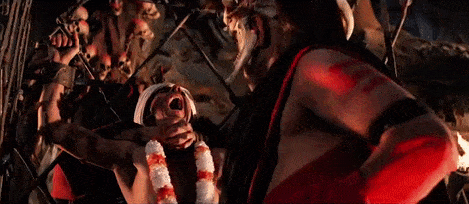
The power of passion (and purpose).
We talk of passion and purpose as drivers of a brand. But what are we passionate about? It’s a word that we had never applied to our work, it never felt honest, relevant or right. We definitely don’t have the passion of this guy:
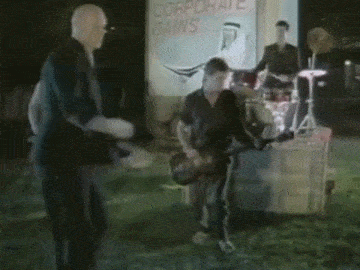
For better or worse, we found it easier to start with what we are not passionate about.
It was time for some home truths.
Truth 1: We’re not passionate about ‘design’ (verb).
That’s something we’re sure of. We’re experts at using the design process – ‘design thinking’ if you’re into buzzwords – to solve brand and communication problems creatively, but that’s not the thing that gets us out of bed in the morning. Let’s analogise this:
The builder isn’t passionate about her tools, she’s passionate about the home she’s building. Similarly, we’re passionate about the effect the work we do for others can have, not the work itself.
Truth 2: We’re not passionate about ‘design’ (noun).
We love beautiful design – everyone does – but not for design’s sake. We’re specialists in creating great looking brands that appeal, and campaigns that attract attention and draw people in. We take pride in the craft, feel strongly about the aesthetics and the detail – we antf*ck typography as much as the next agency – but that’s not what keeps us going.
Truth 3: We’re not passionate about ‘branding’.
We’re not driven to create brands, but we understand the powerful influence that brands have. The connection and loyalty people feel to brands is undeniable. Successful brands are built on emotions, and people act on emotion. Harnessing that emotion is key to creating effect. Another analogy:
If purpose is the engine that drives you forward, brand is the vehicle. Your community are the passengers who want to go where you’re leading them.

Okay, that’s passion out of the way. What else can we throw out?
Truth 4: Design can’t change the world.
We don’t kid ourselves. No amount of well-intentioned poster competitions are going to make a difference to people’s lives. There’s no delusions of grandeur here.
But we do believe that our work can amplify cause for greater effect. We can help create clarity, focus, awareness and momentum, so that brands are better positioned and equipped to fulfil their cause – to be fit for purpose. That’s our role. That’s what we’re good. That’s what we’re passionate about.
However as a business model, ‘doing good for good businesses’ is just too vague. How can anyone claim to be a specialist in good? Except maybe this guy?
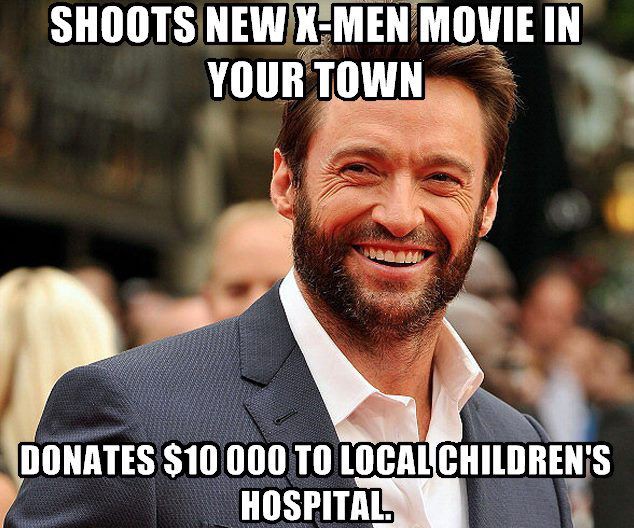
Truth 5: We can’t be everything to everyone.
Let’s forget the analogies and go for a figure-of-speech this time:
Jack of all trades, master of none.
One of the best things about working in our industry is that you get to know a little bit about a lot of things. That is a real advantage at a trivia night. The flip side of that is that you don’t ever really deeply understand a client, their audience or their industry.
So if we’re really being truthful, and want to create more value for our clients and ourselves, it’s time for us to make the hard decision to stop saying yes to (mostly) everything that walks through the door and to stay focussed on what we think is important.
Phew. That was cathartic.
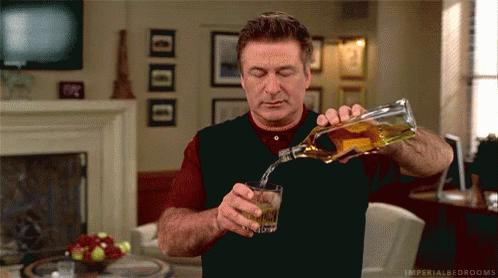
With all our truths told, we now better understand who we are, what we do, why we do it and who we are for.
By drawing a line in the sand we understand we won’t be everything to everybody. This might be a risk, but we think it’s probably more of an opportunity. Let’s bring this home with a metaphor:
As one door closes, another opens.
So if we’re not for everybody, who are we for? Read part two – The Other Side of the Door.
